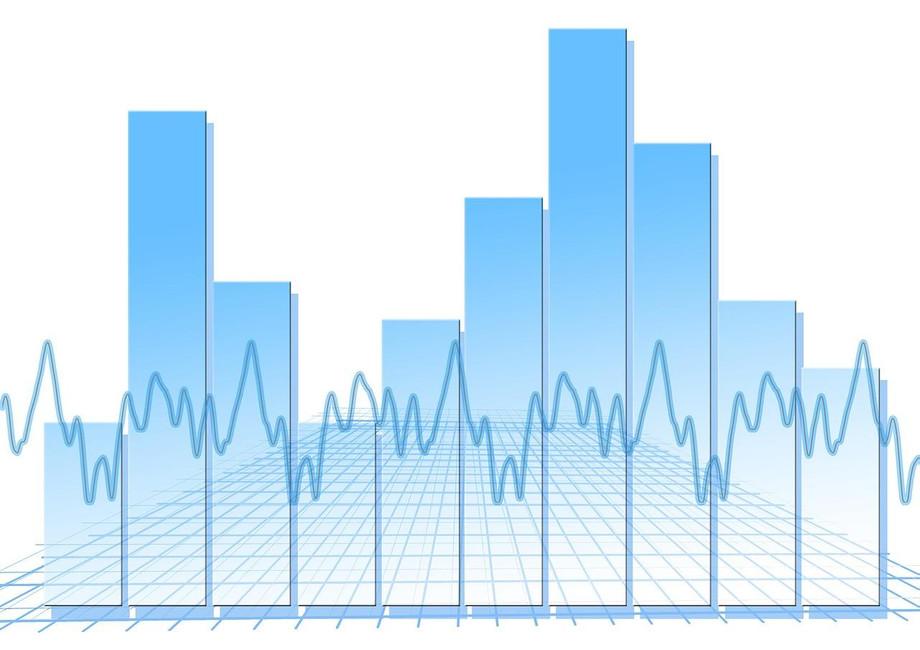You may be wondering, what is stagflation? Stagflation is a term used to describe a period of high inflation and high unemployment. It’s a situation that can be very difficult to deal with, but there are ways to make the most of it. Here are some tips on how to survive stagflation.
We’ll explain the following points in this post:
- What is stagflation?
- How does it differ from regular inflation?
- What are the causes?
- How does it impact the economy?
- Are there any ways to combat it?
- How to survive a period of stagflation.
So, What Is Stagflation?
Stagflation is a period of high inflation and high unemployment. It’s a very difficult economic situation because people’s incomes aren’t keeping up with the rising cost of living, but there aren’t enough jobs to go around. This can lead to social unrest and a lot of financial hardship for people.
How Does It Differ From Regular Inflation?
The difference between stagflation and regular inflation is that stagflation occurs when there is a decrease in economic growth and an increase in inflation, while regular inflation just refers to an increase in prices.
What Causes Stagflation?
There are a number of things that can contribute to stagflation including the following;
- High unemployment
- Slow economic growth
- High inflation
- Low productivity
- High interest rates
- High taxes
- Uncompetitive industries
- Inefficient government
- Too much regulation
- Wars or other military spending
How Does It Impact The Economy?
When stagflation occurs, it can have a number of negative effects on the economy and on people. Higher prices can lead to a decrease in consumption and an increase in debt. High unemployment rates can lead to a decrease in spending and an increase in poverty. It can also lead to a decrease in investment and an increase in government debt.
How To Combat It
There are a number of ways to try to address stagflation. Monetary policy can be used to lower interest rates and increase the money supply. Fiscal policy can be used to increase government spending or reduce taxes. Structural reforms can be implemented to increase competition and improve the efficiency of the economy.
What Can You Do To Survive Stagflation?
There are a number of things that individuals can do to survive stagflation. The most important thing is to have an emergency fund that can cover your basic expenses for at least three months. This will help you weather any unexpected downturns in your income.
Additionally, it is important to be mindful of your spending and to live within your means. Try to avoid taking on new debt, and if you must, make sure you can afford the payments.
It is also prudent to create and stick to a budget. This will allow you to monitor all of your money coming in and going out. It will lead to better financial decisions like which bills to cut and where to allocate more spending.
Finally, stay informed about the economy and invest wisely.
What Is Stagflation? — Conclusion
To recap, stagflation is a period of high inflation with low economic growth and high unemployment. It differs to inflation which is the rise in prices.
As we’ve seen there are many ways to minimize the impact of a stagflationary environment on your finances. This includes creating and sticking to a budget, living within your means and saving more.
Original article can be found here; What is stagflation?
More articles like this can be found on our blog.

